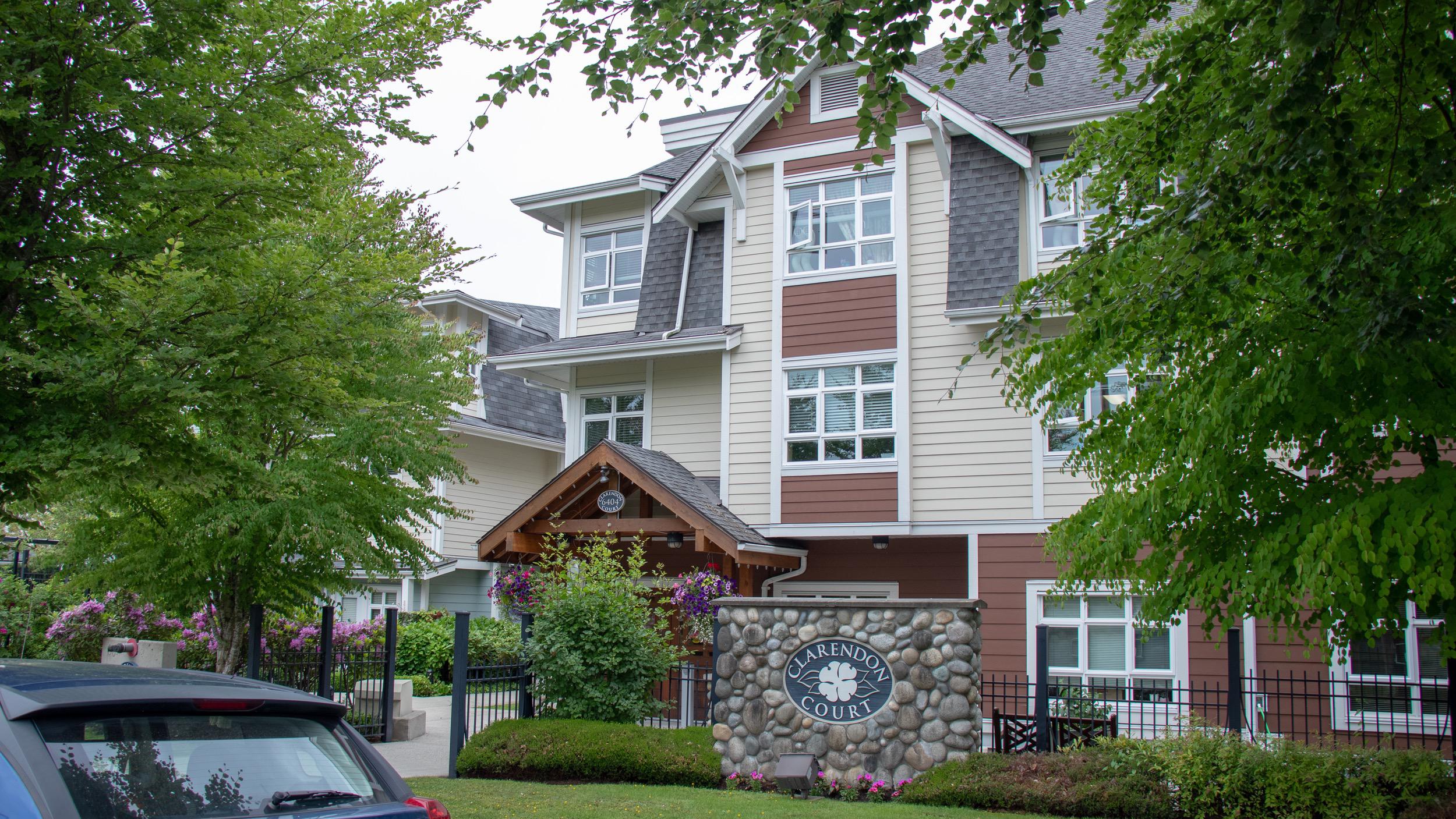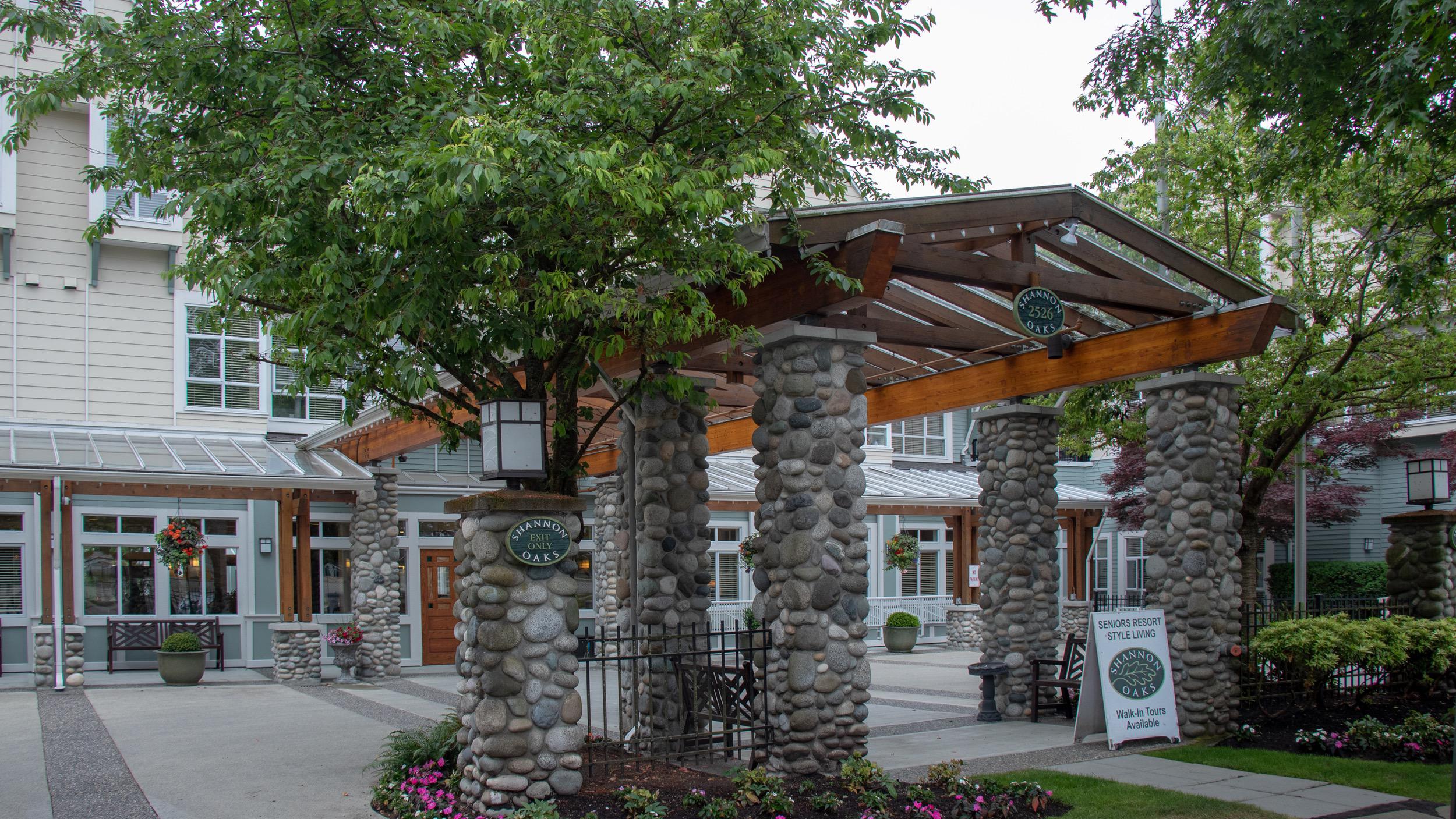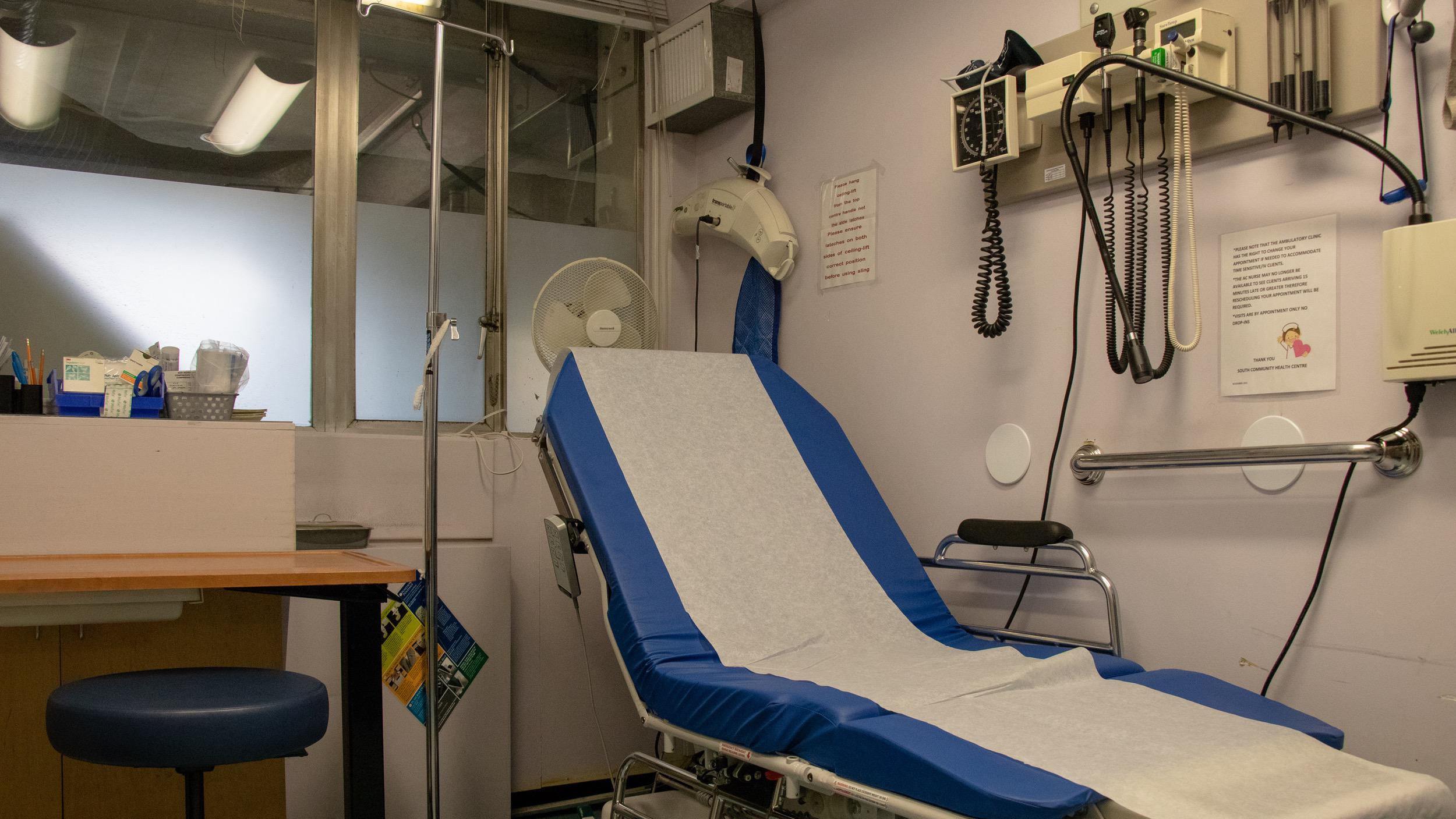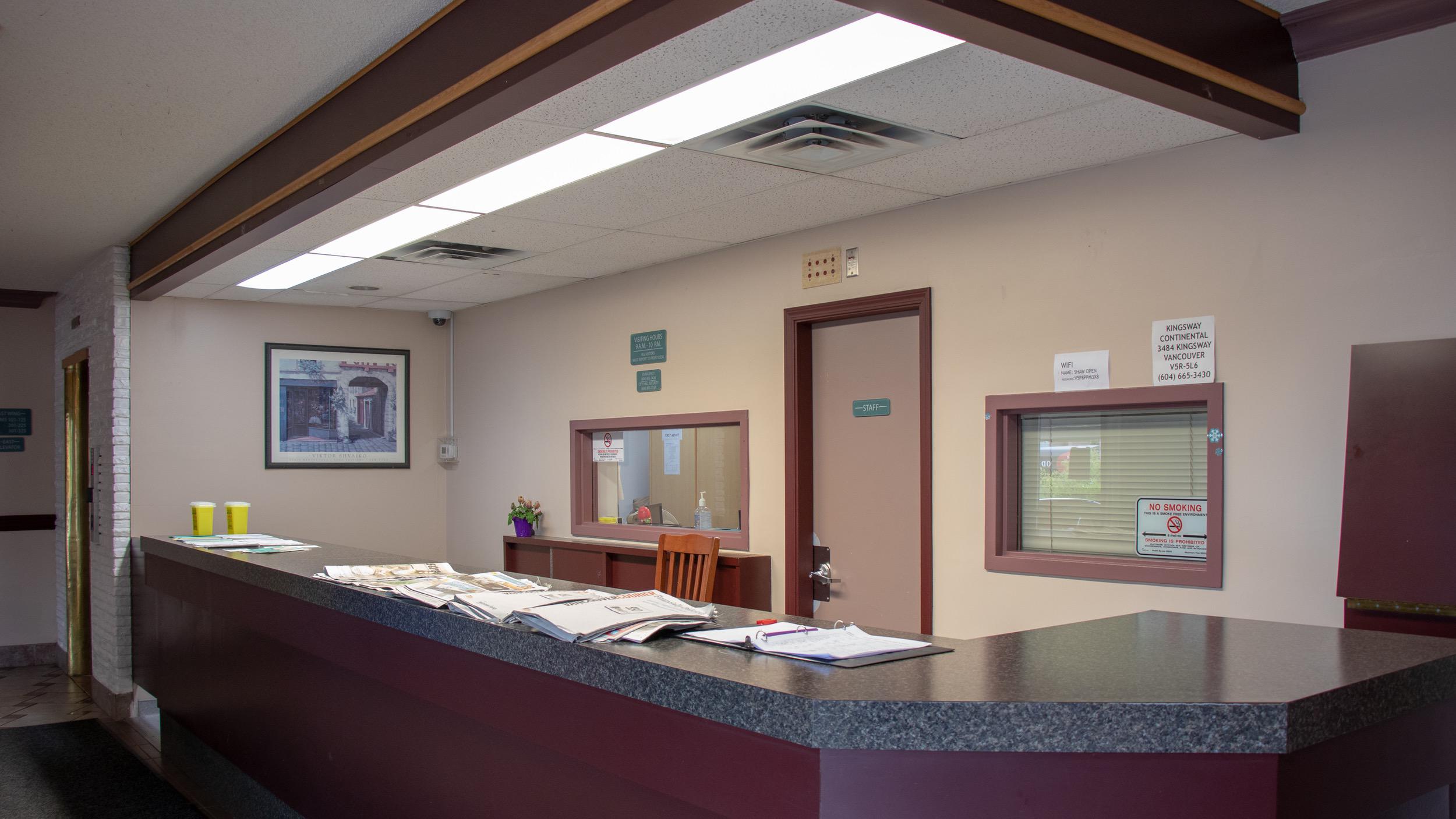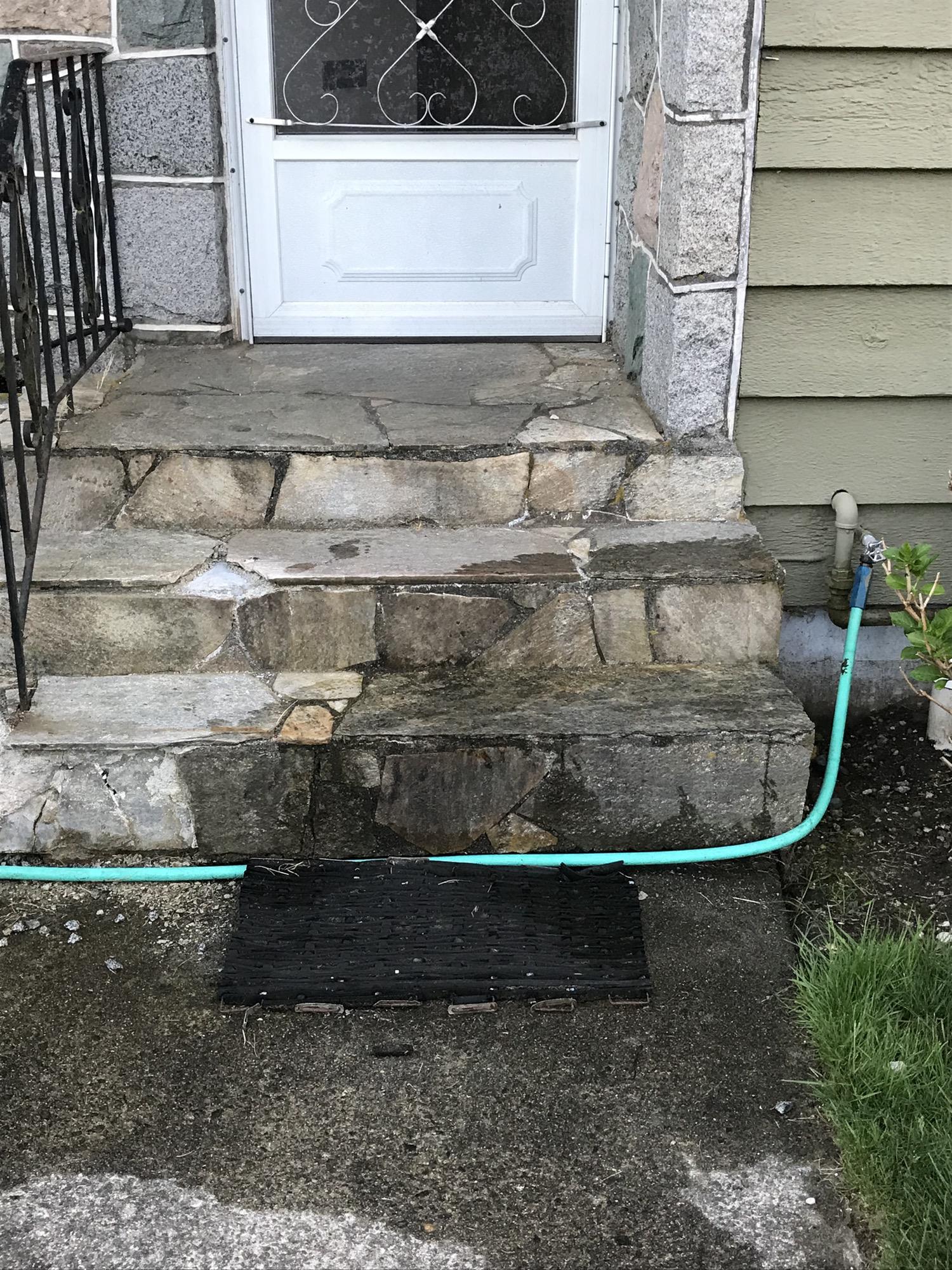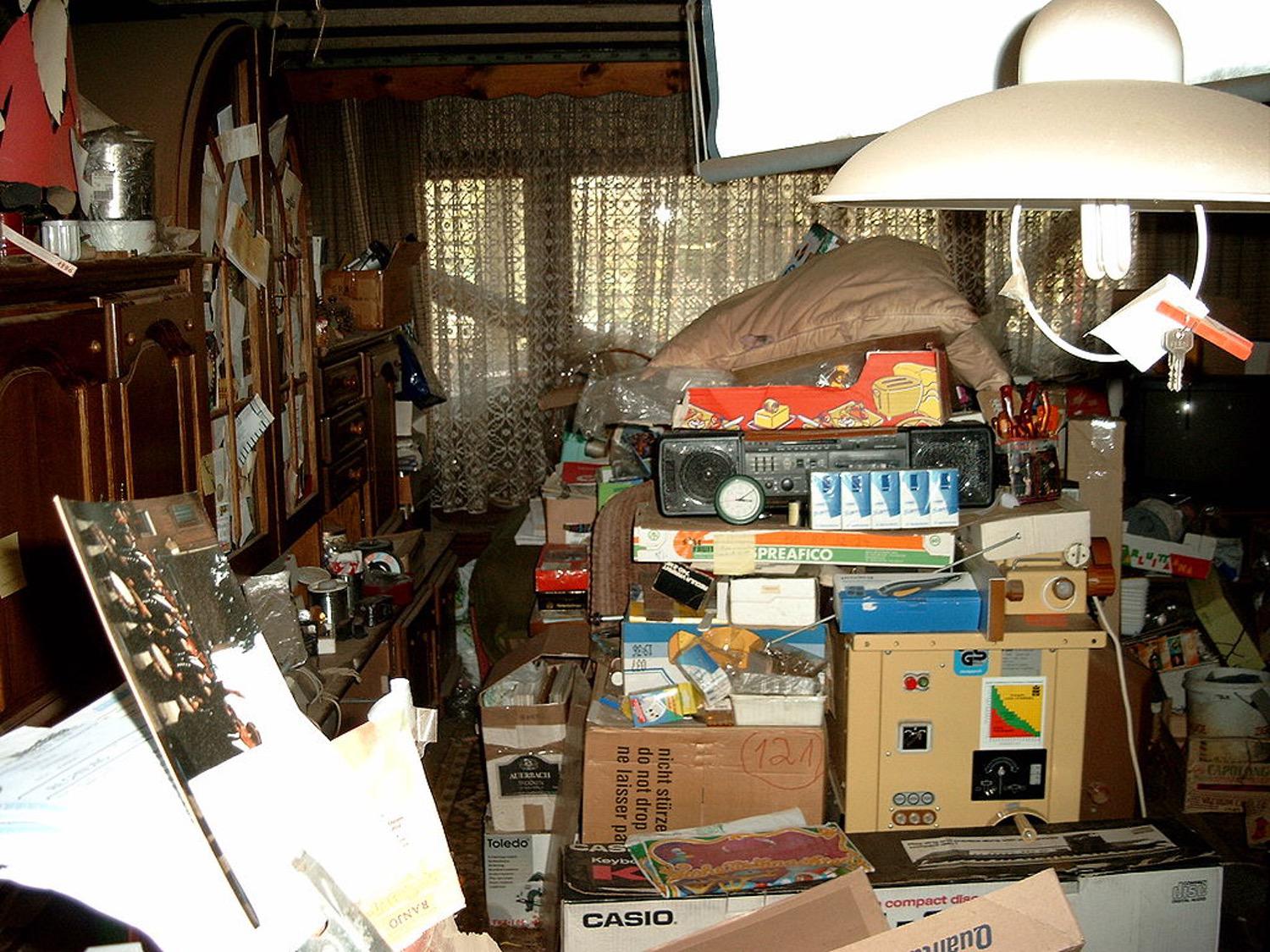Community & Home Environment
Consent
Obtaining and documenting consent is an important part of working with clients and should be done when the client is admitted to the program. Clients should also know they have the right to decline services.
You may come across clients who decline services but it may not be in their best interests nor are they capable of making that decision for themselves.
Hazards & Risks
Community health nurses come across a variety of risks and hazards in the settings they work in. Community Risk Screening ensures mitigation of potential risk for staff and clients receiving services. It promotes improved documentation and communication of risk among clinicians in all community programs.
The Car as Worksite
The nurse’s car is a tool home care nurses use.
Take Action
Examine the picture to determine what could be done better. Hover over the picture of the car for answers.
Infection Control
To control infection:
- Minimize the items you bring in to the clients’ homes (e.g., only the necessary supplies, client’s chart if needed, etc.)
- Have Personal Protective Equipment (PPE) packed for each specific client and bring it in a separate bag into the clients’ homes
- Do not bring left over supplies back to the car or to the unit after they have been in the clients’ home
- Safely wrap/seal non-disposable soiled utensils/instruments used in clients’ home and return to the ‘dirty utility’ room for autoclaving
- Do not transport used sharps unless safely sealed and locked in sharps container
- Do not transport bio-hazardous fluids (e.g., fluids drained, urine samples, etc)
